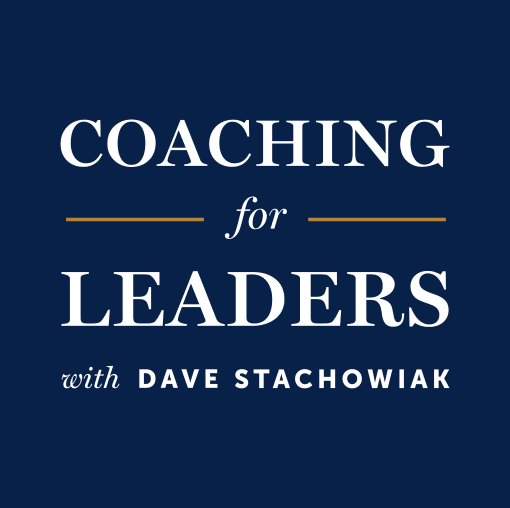Mike Caulfield: Verified
Mike Caulfield is a research scientist at the University of Washington’s Center for an Informed Public, where he studies the spread of online rumors and misinformation. He has taught thousands of teachers and students how to verify claims and sources through his workshops. His SIFT methodology is taught by hundreds of research libraries across North America, and a shorter version of SIFT instruction, developed with Google, has been taught in public libraries across the world.
His work on Web Literacy for Student Fact-Checkers, won the Merlot Award for best open learning resource in the ICT category. His work has been covered by The New York Times, the Chronicle of Higher Education, NPR, The Wall Street Journal, USA Today, and the MIT Technology Review. He is the author with Sam Wineburg of Verified: How to Think Straight, Get Duped Less, and Make Better Decisions about What to Believe Online*.
We’ve all seen something online that we thought was true, but turned out was a hoax. Annoying, but no big deal if it’s just an internet meme from a friend or family member. But what if what you find online isn’t at all what you thought and you make decisions or take action on it that affects your professional credibility? In this conversation, Mike and I discuss how to guard yourself from being duped.
Key Points
- Rather than asking, “Is this true?” the more useful question is, “Do I know what I'm looking at here?”
- The cheap signals many of us were trained to watch for (working links, attractive design, about pages, proper domains) are easy to replicate and no longer correlate to credibility.
- Phrase questions to search engines in neutral ways for less biased results. Instead of “Are soda taxes a good idea?” ask “Do soda taxes work?”
- While Wikipedia still has bias, it’s a far more credible source that many of us were taught — and a valuable source for a broad perspective of a topic or organization.
- Intelligent people often read vertically, to their detriment. The best fact-checkers read laterally by using the rest of the web to read the web.
- Watch for phrases like “sponsored content,” “brand partner,” “presented with,” “in partnership with,” “brought to you by,” “in association with,” or “hosted by.” These phrases signal advertisements.
Resources Mentioned
- Verified: How to Think Straight, Get Duped Less, and Make Better Decisions about What to Believe Online* by Mike Caulfield and Sam Wineburg
Interview Notes
Download my interview notes in PDF format (free membership required).
Related Episodes
- The Way to Make Better Decisions, with Annie Duke (episode 499)
- Get People Reading What You’re Sending, with Todd Rogers (episode 666)
- How to Enhance Your Credibility (audio course)
Discover More
Activate your free membership for full access to the entire library of interviews since 2011, searchable by topic. To accelerate your learning, uncover more inside Coaching for Leaders Plus.





